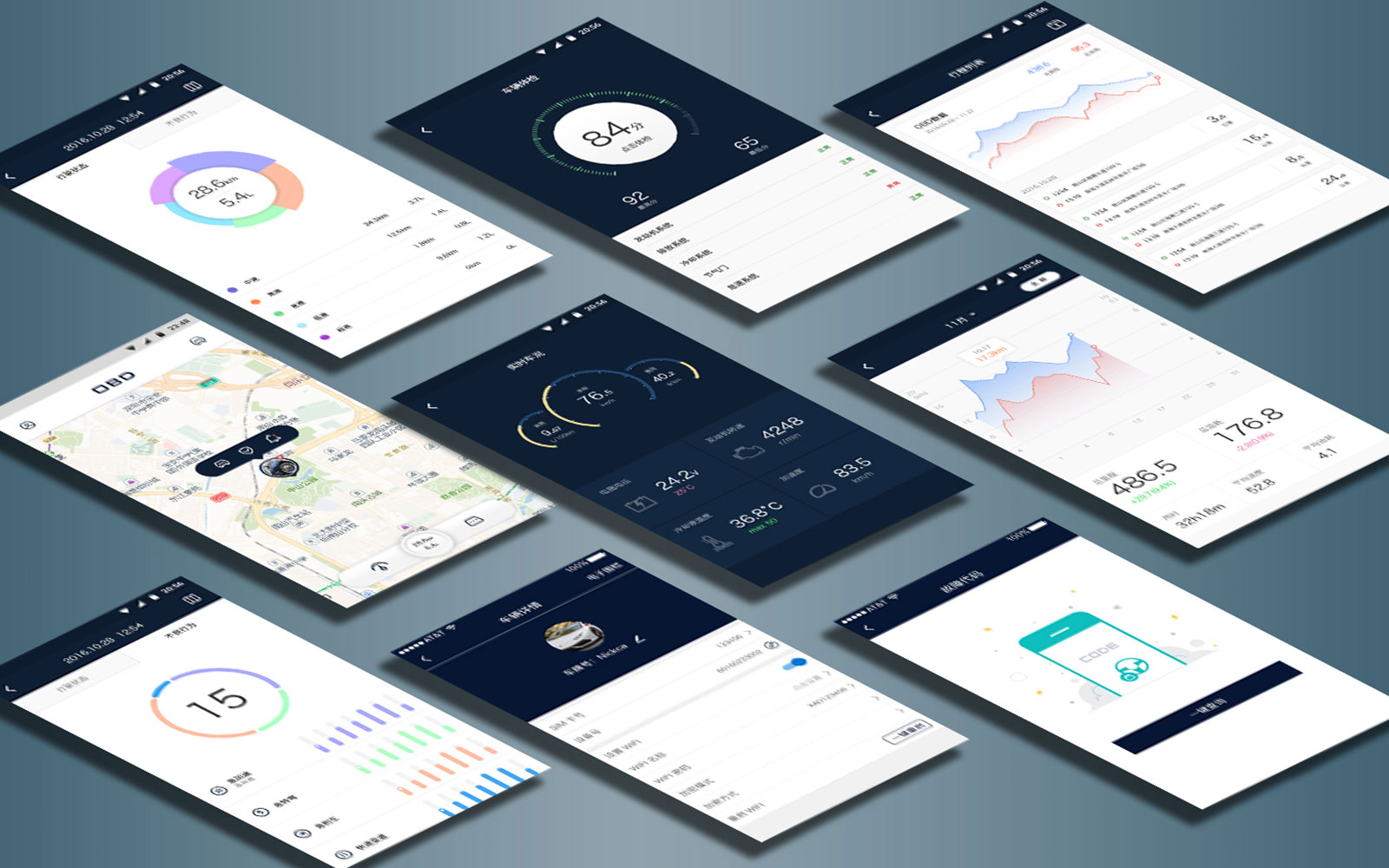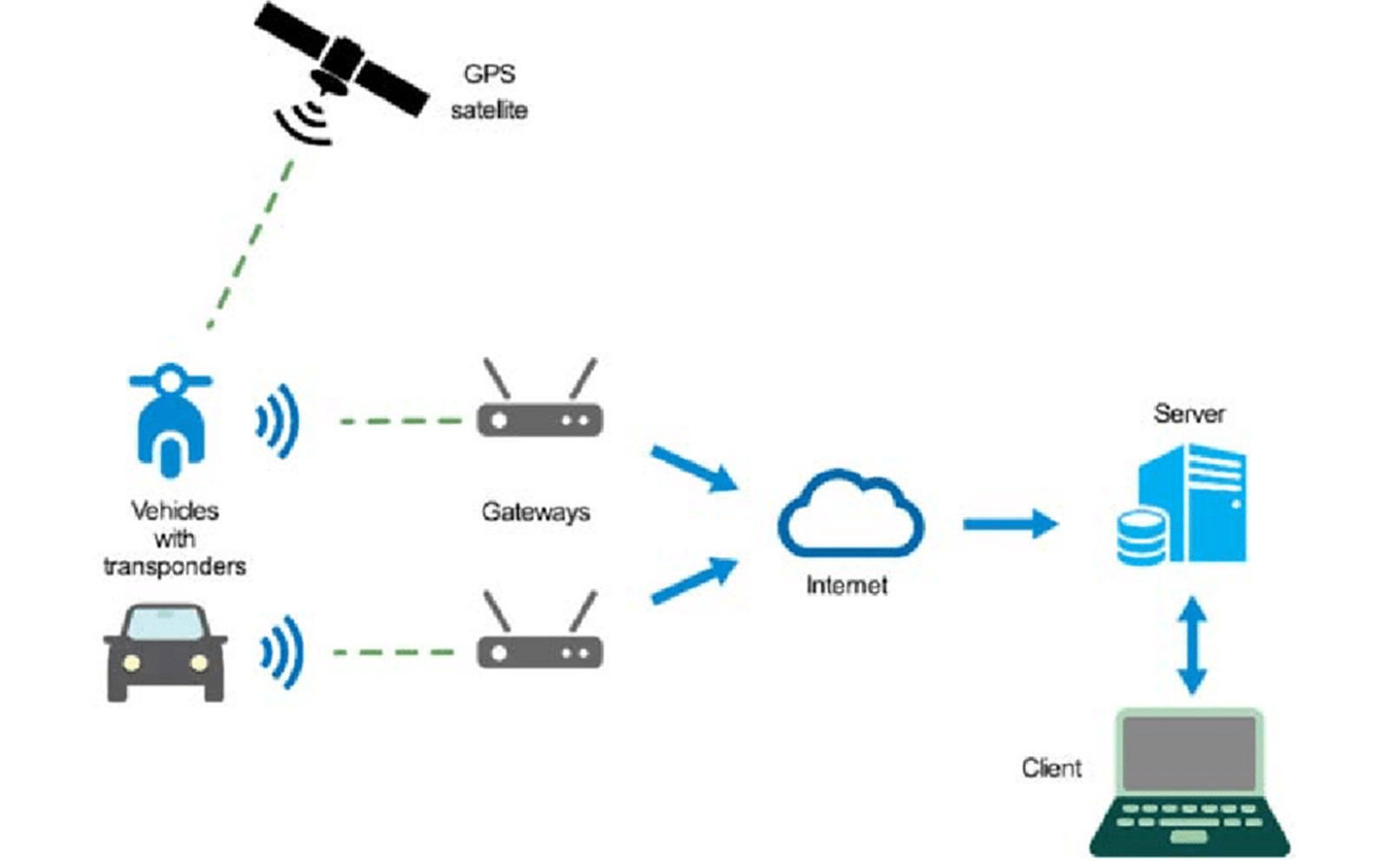GPS Tracker for Fleet Management Solution
2024-05-08 Click:1295
What Is Fleet Management in Logics?
Fleet management in logistics refers to the comprehensive management of a company's transportation fleet. This includes vehicles such as trucks, vans, cars, ships, and planes that are used for transporting goods or passengers. Fleet management involves various tasks and responsibilities, including vehicle acquisition, maintenance scheduling, fuel management, driver management, route optimization, and compliance with regulations.
In logistics, efficient fleet management is crucial for ensuring timely delivery of goods, reducing operational costs, maximizing vehicle utilization, and maintaining safety and regulatory compliance. With the help of advanced technologies such as GPS tracking, telematics, and fleet management software, companies can monitor their vehicles in real-time, analyze performance data, and make informed decisions to optimize their fleet operations.

Why Fleet Management is Important?
Fleet management can be complex and challenging, with several pain points commonly experienced by companies in this field. Some of these pain points include:
- Fuel Costs: Fuel expenses can be a significant portion of fleet operating costs. Fluctuating fuel prices, inefficient driving habits, and fuel theft can all contribute to higher costs.
- Vehicle Maintenance: Keeping vehicles well-maintained is essential for safety and efficiency. However, scheduling and tracking maintenance tasks, dealing with breakdowns, and managing repair costs can be time-consuming and costly.
- Driver Management: Managing drivers involves various challenges, such as ensuring compliance with regulations, monitoring driving behavior, addressing safety concerns, and managing driver schedules and performance.
- Route Optimization: Planning efficient routes to minimize mileage, reduce fuel consumption, and optimize delivery times can be complex, especially when dealing with multiple stops, traffic congestion, and changing customer requirements.
- Asset Utilization: Maximizing the utilization of vehicles and assets to reduce idle time and increase productivity is crucial. However, tracking vehicle usage, matching vehicles to the right tasks, and balancing workload distribution can be challenging.
- Compliance and Regulations: Staying compliant with industry regulations, safety standards, environmental requirements, and labor laws adds another layer of complexity to fleet management, requiring ongoing monitoring and adherence to legal obligations.
- Data Management: Collecting, analyzing, and managing data from various sources, such as vehicle telematics, GPS tracking, maintenance records, and driver logs, can be overwhelming without efficient data management systems in place.
- Risk Management: Managing risks related to vehicle accidents, theft, insurance claims, and liability requires proactive measures such as driver training, safety protocols, and insurance coverage.
- Cost Control: Controlling operational expenses, such as vehicle acquisition costs, insurance premiums, licensing fees, and administrative overheads, is essential for maintaining profitability and competitiveness in the market.

How Does a Fleet Management System Work?
Trackin360 vehicle BDS/GPS vehicle positioning management system is composed of server-side system (communication server, database server, intermediate key server) and client monitoring platform, integrating real-time monitoring of vehicles, intelligent management and dispatch, remote fault diagnosis, anti-theft and anti-robbery as one of the intelligent integrated system monitoring platform, monitoring the position, speed, orientation and other status of vehicles, providing It provides users with a variety of services such as location query, electronic map service, vehicle management and information provision. The system architecture is designed in a distributed way using cloud computing clusters, and the data transmission is carried out using a dedicated network for the army, which is safe and reliable.
Map Monitoring History Track
Keep track of vehicle location information, working hours and working status and other data for all-round monitoring. Reproduce the vehicle's historical operating route with or without alarm violations and other bad driver behavior.
Non-compliance alarm Safety and security
Whether the vehicle crosses the border, crosses the line, exceeds the speed limit or is stolen, it is the first to discover and immediately upload the alarm to the monitoring center to avoid private use of public vehicles and deviation from the work route, while safeguarding the safety of the vehicle and driver.
Emergency dispatch
The command center can clearly know the status of the vehicle, and if the platform indicates that a vehicle needs emergency support, the back office can dispatch the nearest vehicle to go there at once.
Mileage statistics Fuel consumption check
Accurate records of vehicle mileage, ACC, stopover information and other information are kept to plug black holes in official vehicle reimbursement.
Fleet Management Statement Summary
Supports multi-vehicle monitoring and multi-level hierarchical vehicle management, and provides powerful reporting functions to save management time and improve work efficiency.

Fleet Management Structure and Analysis
Fleet management involves structuring and analyzing various aspects of a company's transportation fleet to optimize efficiency, reduce costs, and ensure compliance. A great fleet management business system purpose able to:
Enhance Vehicle Dispatch
Remote dispatch kiosks to monitor the location of vehicles in real time, greatly improving the utilization and turnover of resources, while avoiding the private use of public vehicles.
Cost Savings
A variety of reports (miles travelled enquiry, failure to follow route, area form, speeding alarm, stopping enquiry, etc.) to avoid false reporting of expenses.
Safety and Security Management
A variety of unregulated driving supervision (speeding inquiries, emergency braking, rapid stepping on the accelerator, high-speed turns) to ensure passenger’s safety.
Improving Customer Satisfaction
Customers can check the real location of the vehicle at any time and know the exact time of arrival.

Huatenglobal Technology Strengths
As a leading fleet management companies, HuatenGlobal technology specializing in GPS business over 10 years, rich experience on hardware and software, we do not only provide cost-effective wire and wireless GPS hardware tracking device, also OBD GPS dongle, but also provide web-base tracking platform, iOS and Android OEM/ODM customization service.
All-in-one service
One company solves all problems: the parts involved in the program are developed and produced in-house and do not involve third parties.
Data security
In addition to the generic version of the Cloud platform, HUATENGLBAL also supports stand-alone private deployment; it supports open sources code and can be upgraded and developed independently.
Industry Advantages
HUATENGLOBAL entered the field of IoT in 2015, and has rich practical experience in IoT technology research and development, big data application and analysis, and is an excellent solution provider for IoT.






